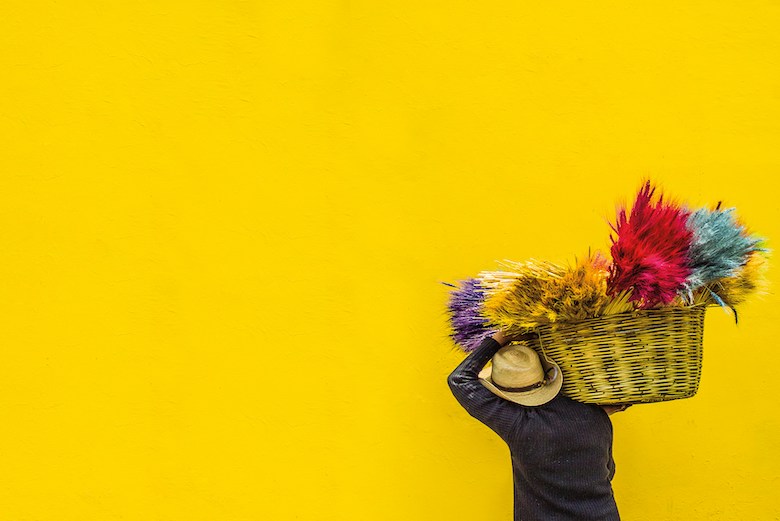
Numerous resources exist for the creation of color palettes, with Coolors and Adobe’s Color Wheel being among the most popular. Coolors provides a platform where users can either craft their ideal palette or draw inspiration from an extensive collection of stunning color schemes. It also boasts features that allow for the automatic generation of palettes comprising more than five colors, or alternatively, using principles of color theory. Conversely, Adobe’s Color Wheel offers a different approach to palette creation. Users select a base color and then choose from an array of color harmonies such as analogous, triadic, complementary, among others to create a balanced palette. Both these tools offer invaluable assistance to designers and artists in their quest to discover and develop unique color schemes for their various projects.
Applications of Color Generation
Color generation algorithms have a wide range of applications, from formulating color palettes based on textual descriptions to transforming monochrome images into colored ones utilizing AI. Here are some crucial insights gathered from various sources:
-
Uniform Color Generation:
- The HSLuv color space is employed for maintaining uniform brightness throughout its definition space.
- Algorithms have the capability to produce colors from text strings, with implementations leveraging the HSLuv color space and offering functionalities such as adjusting to background colors and addressing color vision impairments.
-
GPT-3 Based Color Palette Formulation:
- GPT-3 AI has the ability to formulate color palettes derived from English descriptions, interpreting color as a linguistic construct.
-
ColorBrewer and Colormoo:
- Tools like ColorBrewer and Colormoo provide algorithmic methods for creating appealing color schemes and palettes tailored to specific use cases and initial colors.
-
AI-Assisted Photo Colorization:
- AI utilities like Palette can swiftly and accurately transform grayscale photos into colored versions, boasting features such as mass colorization for improved efficiency.
- Contemporary AI models, including Palette, utilize object recognition and user-supplied prompts to boost the precision of colorized images.
These tools and algorithms accommodate a broad spectrum of uses, spanning design and data visualization to historical photo restoration. They offer versatility and efficiency in formulating attractive color schemes and enhancing visual content.

